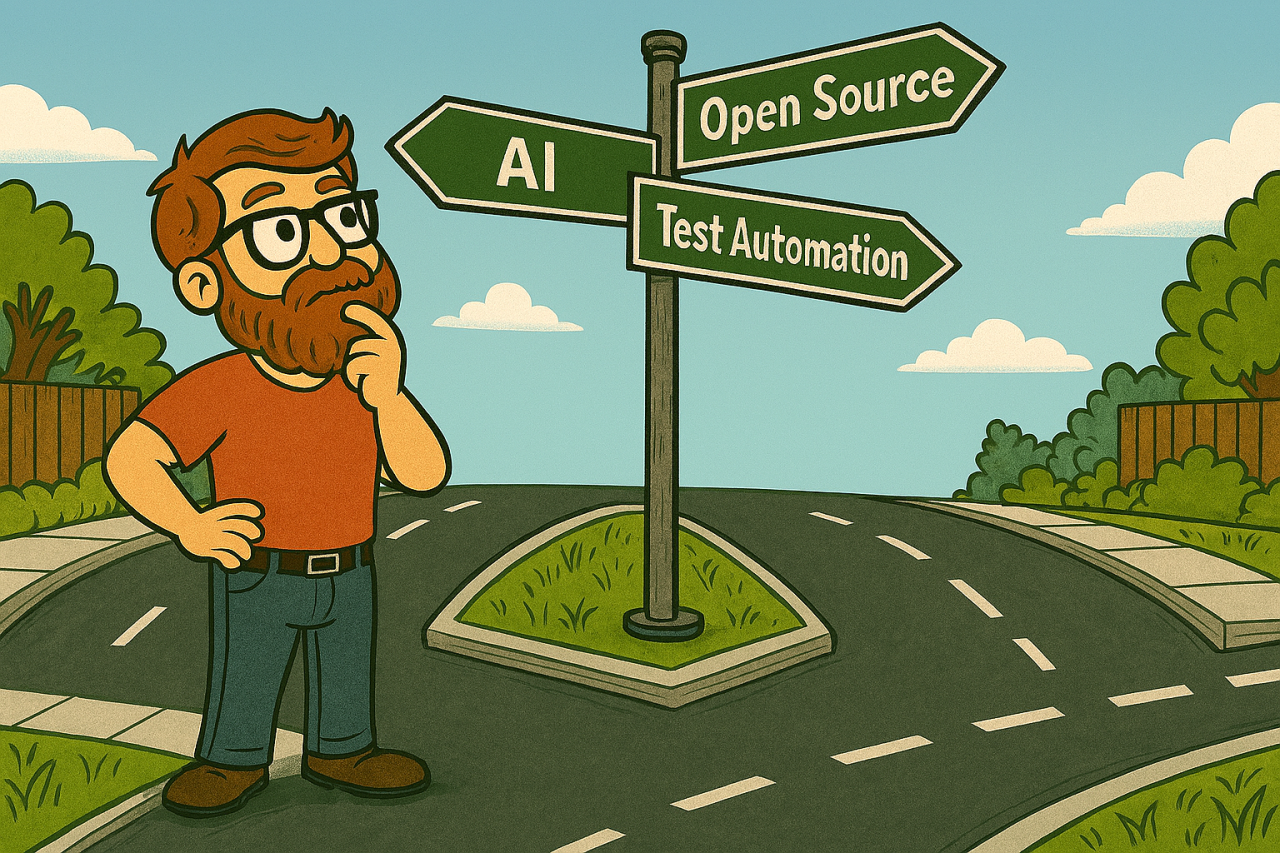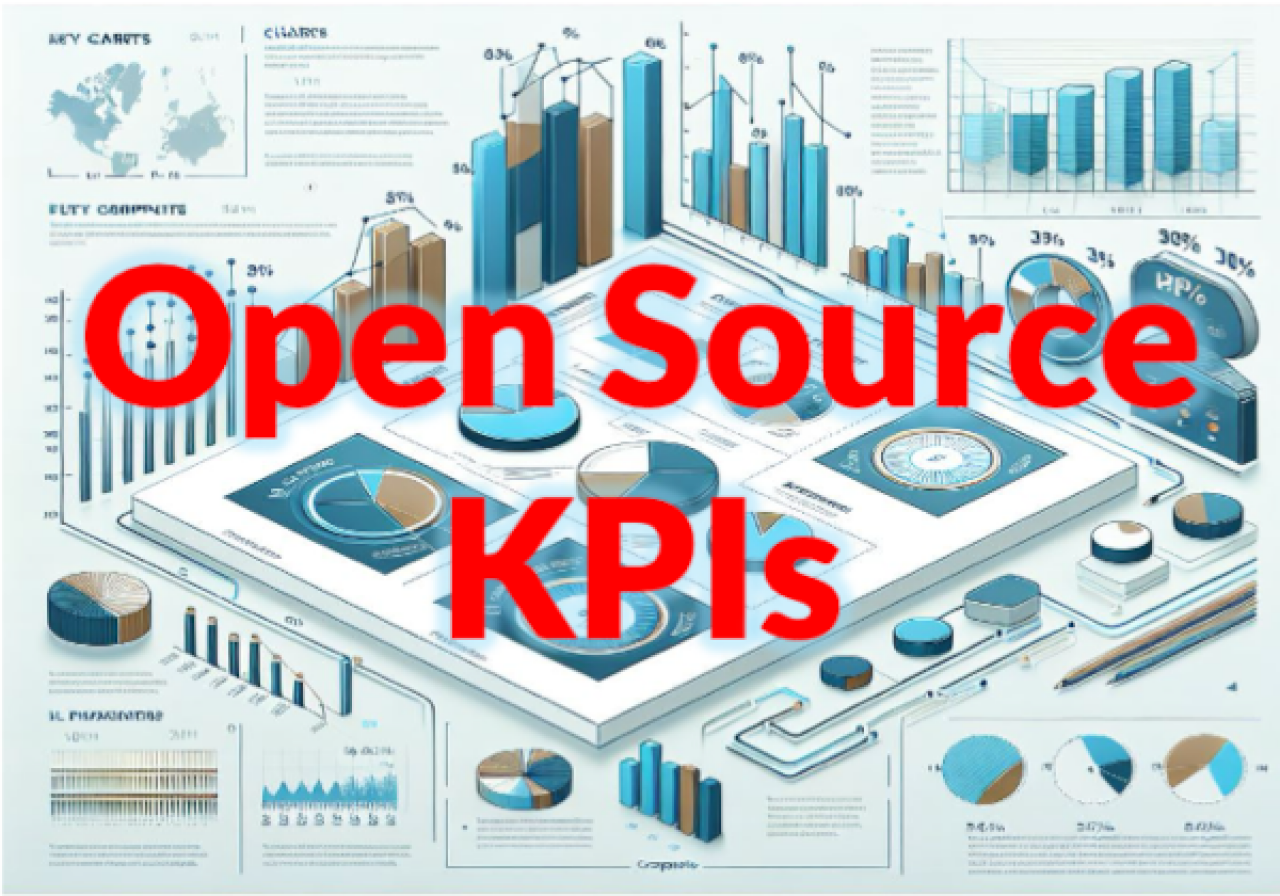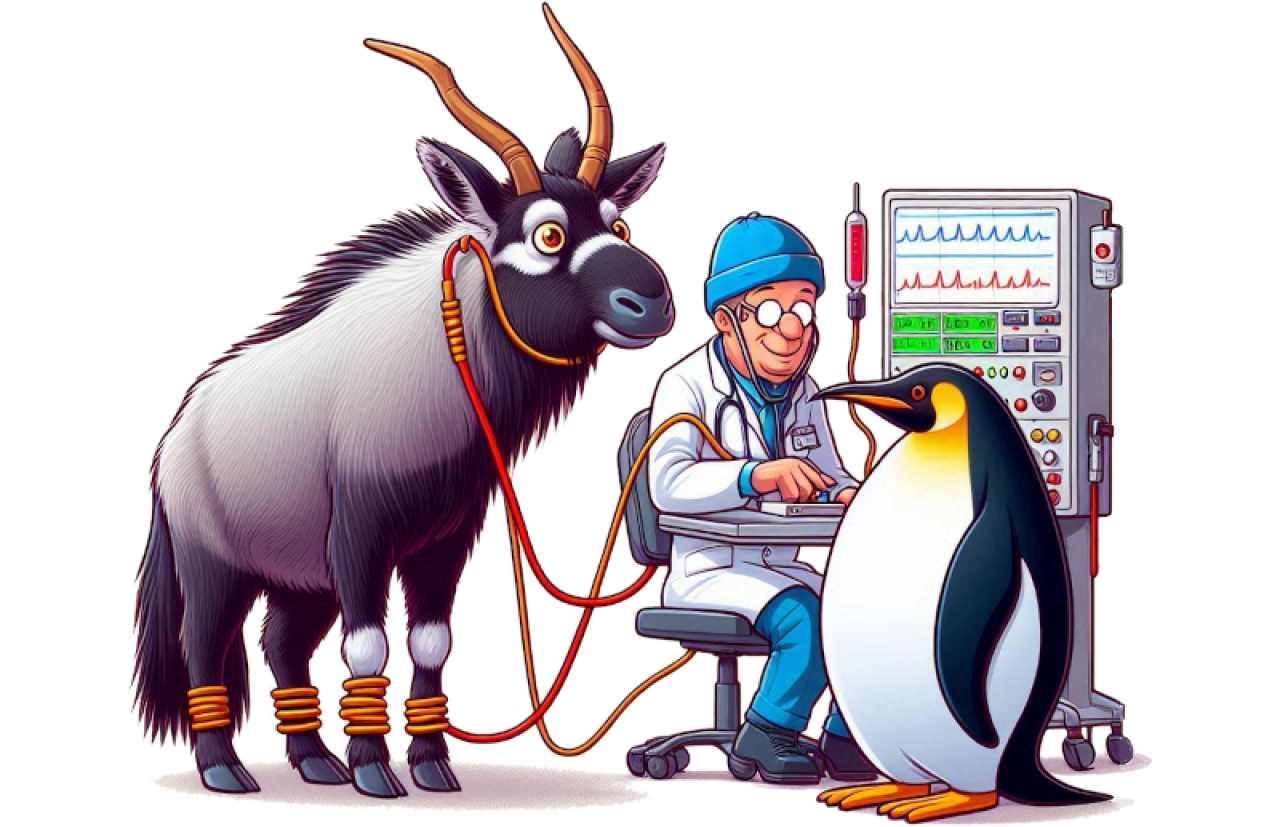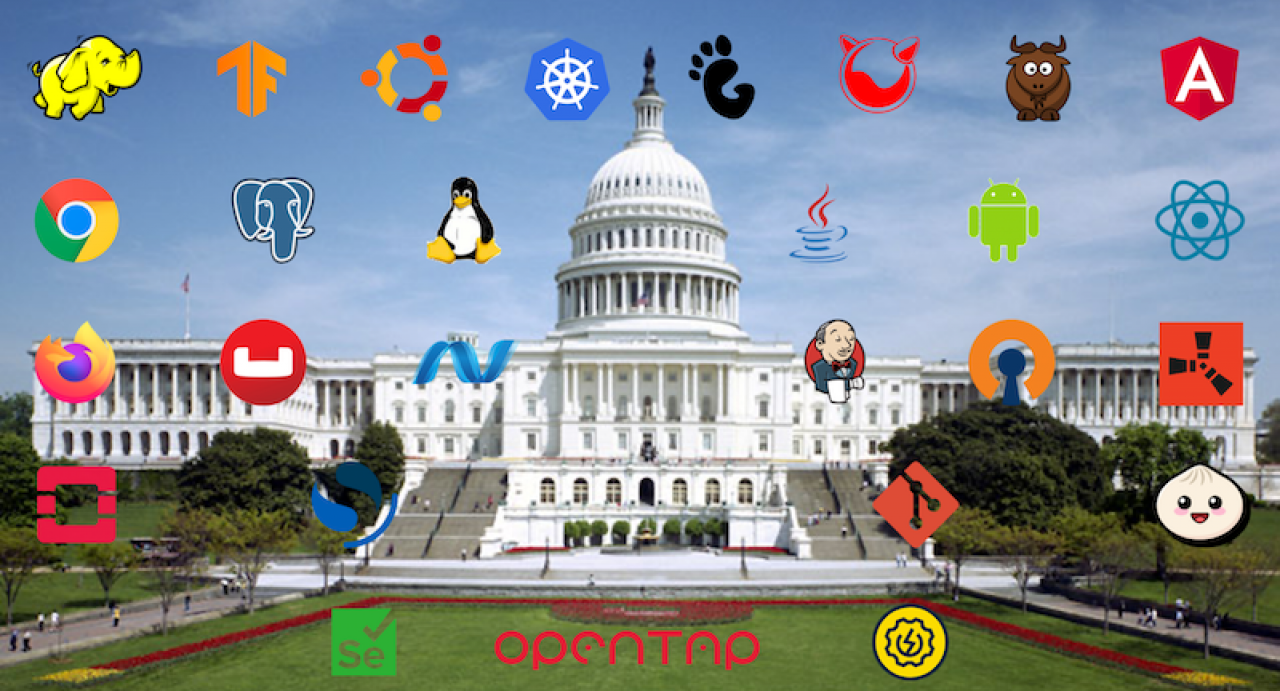
Migrating from legacy proprietary software to open source can offer lower costs and freedom from vendor lock-in. Such savings and independence can be elusive, and are highly dependent upon the legacy technology, use cases, and the commercial arrangements governing the tech, and the technical and financial goals of the migration.











